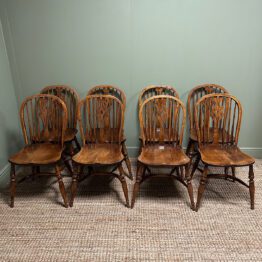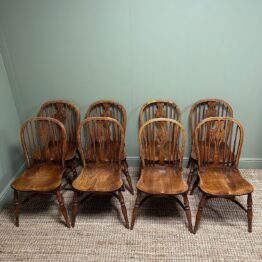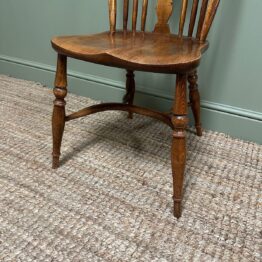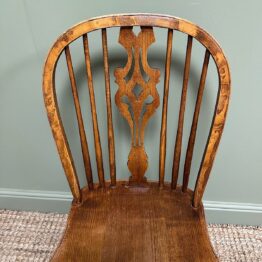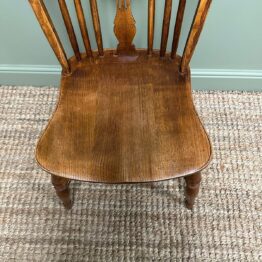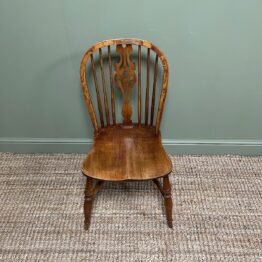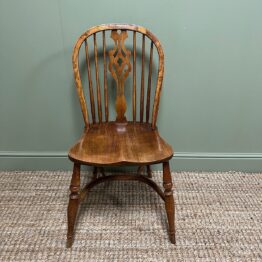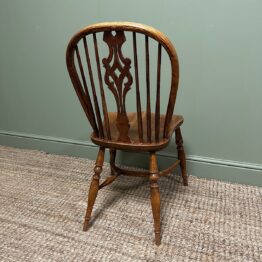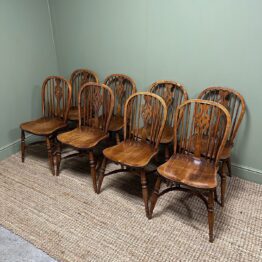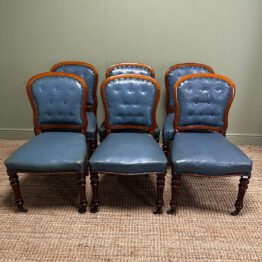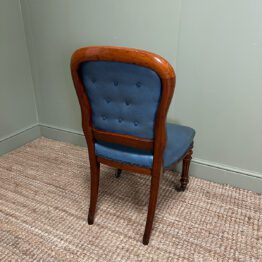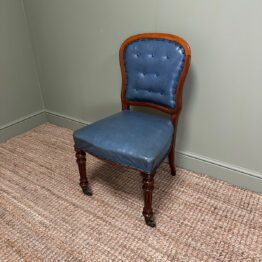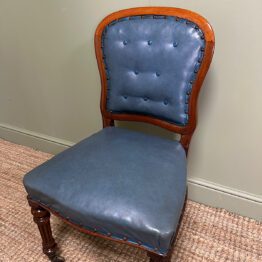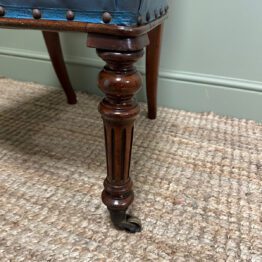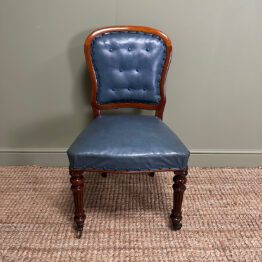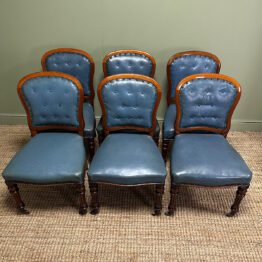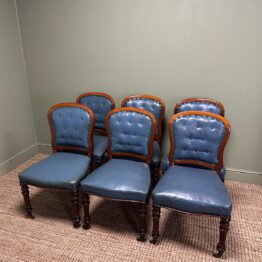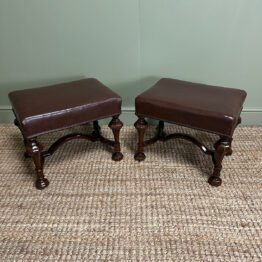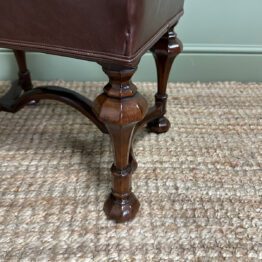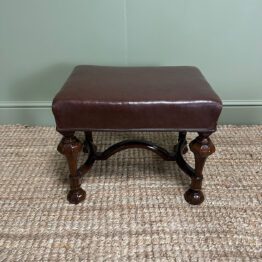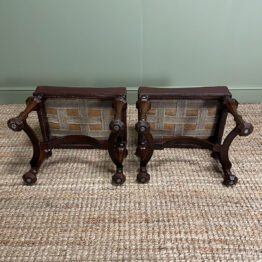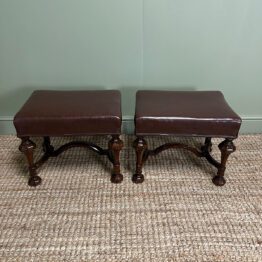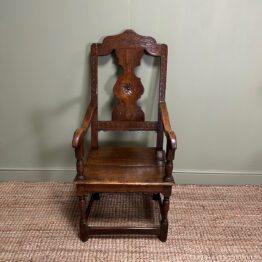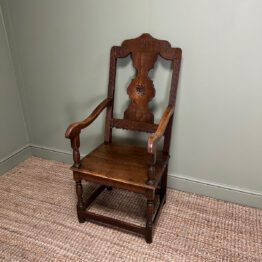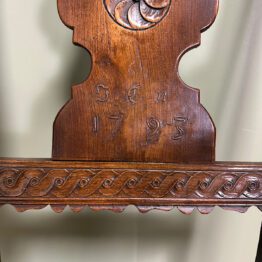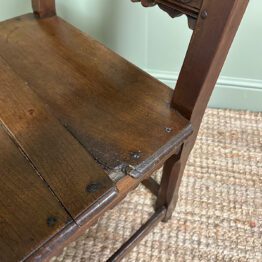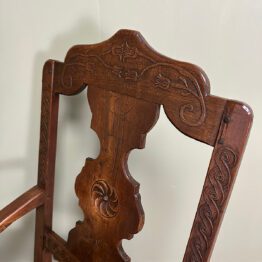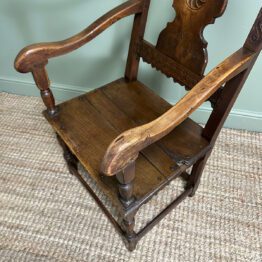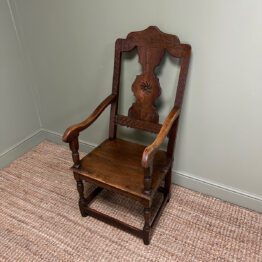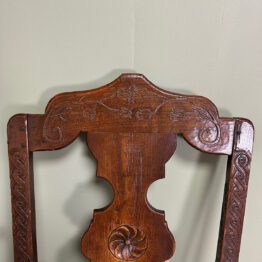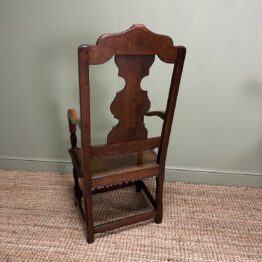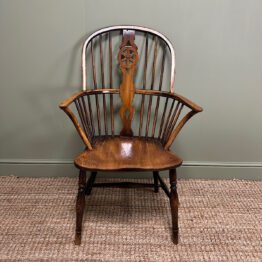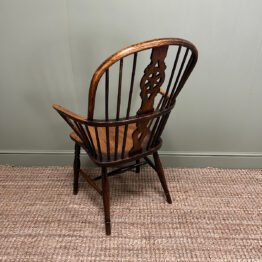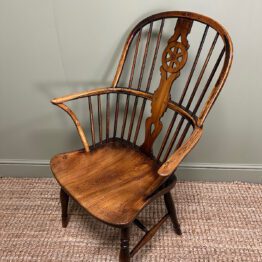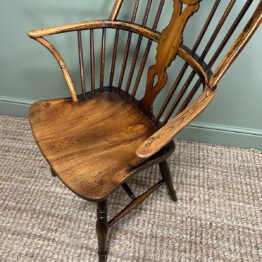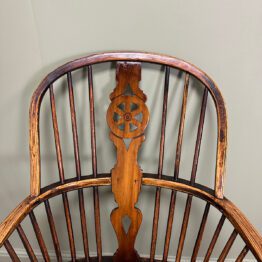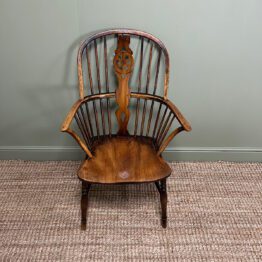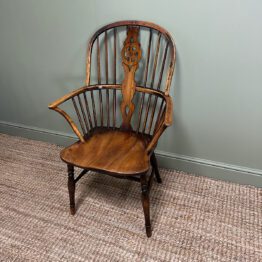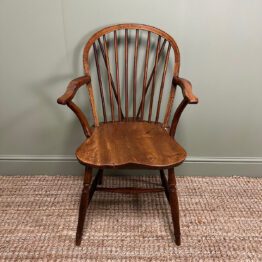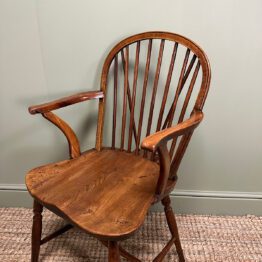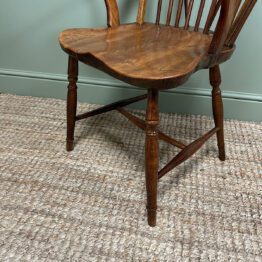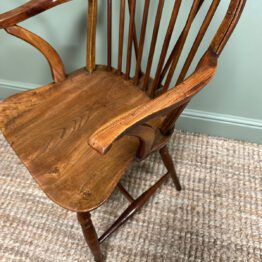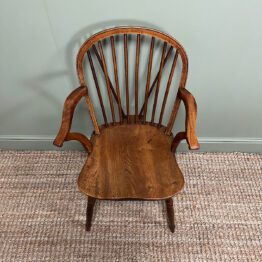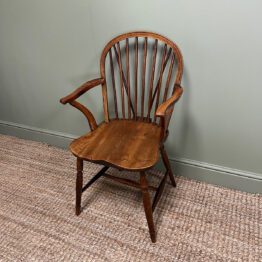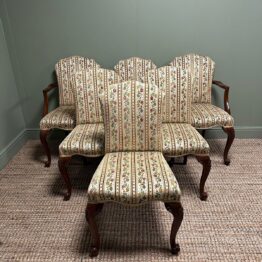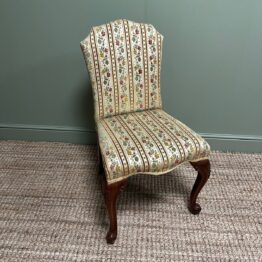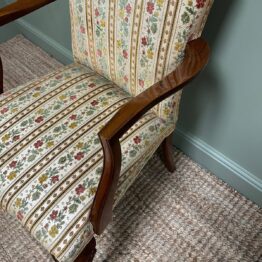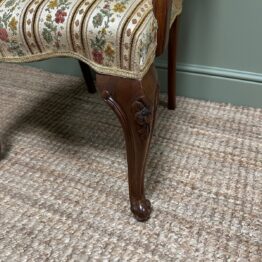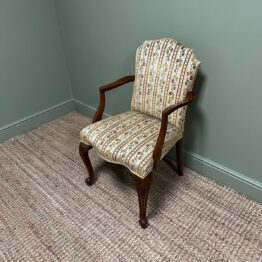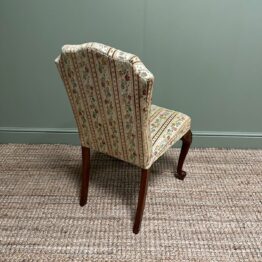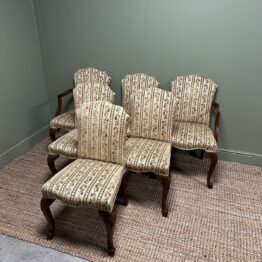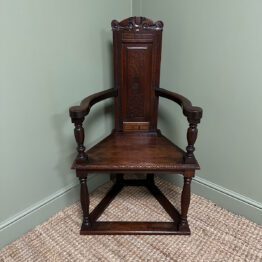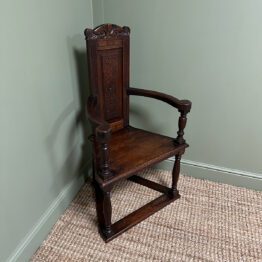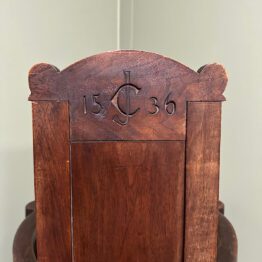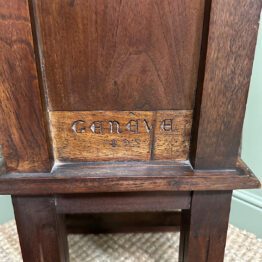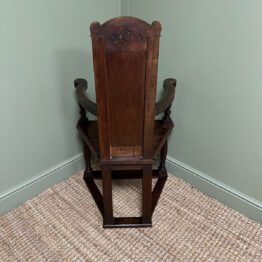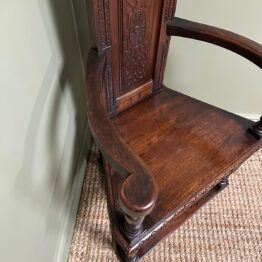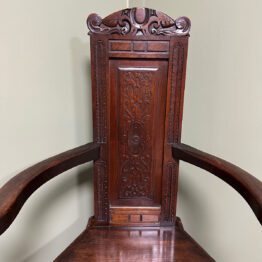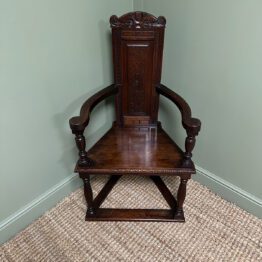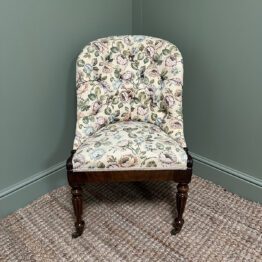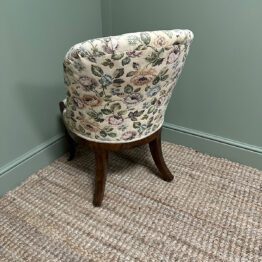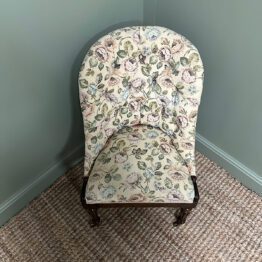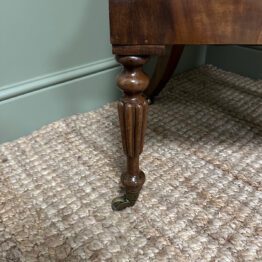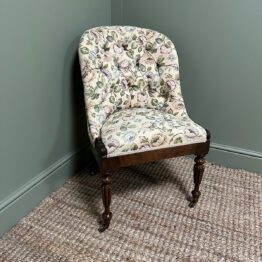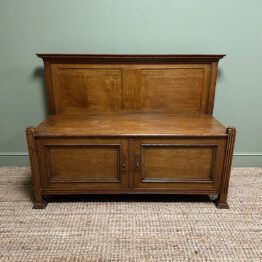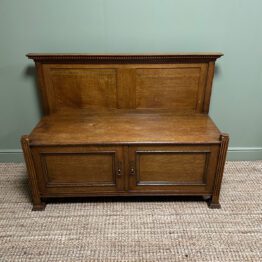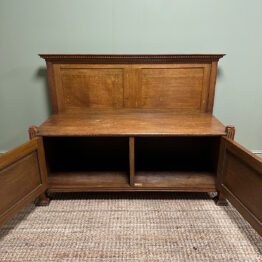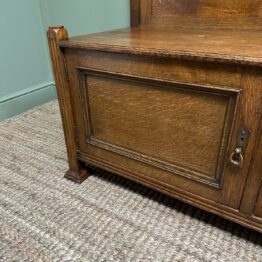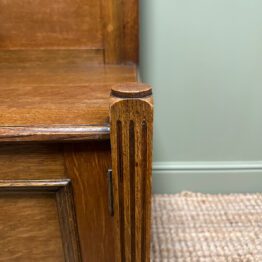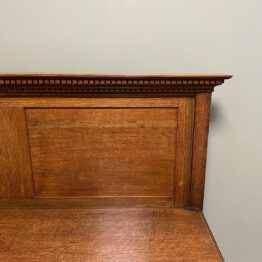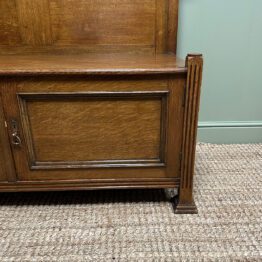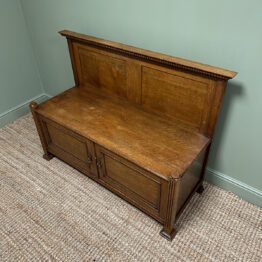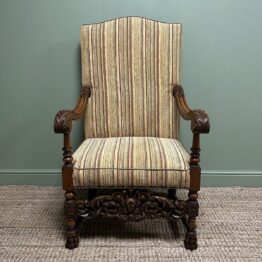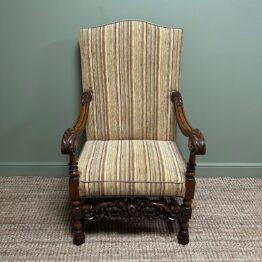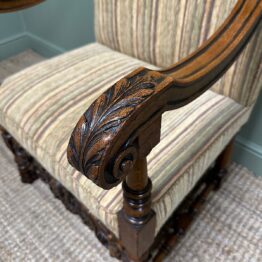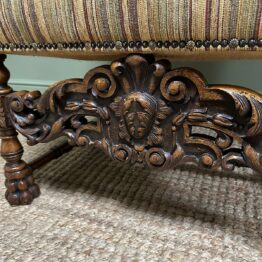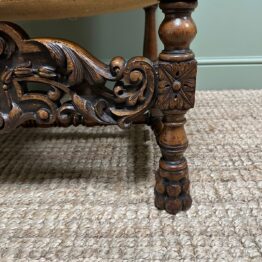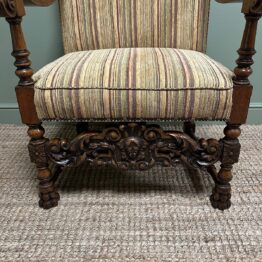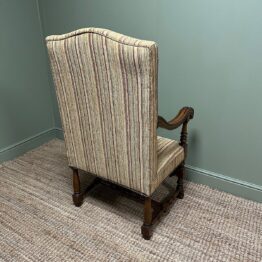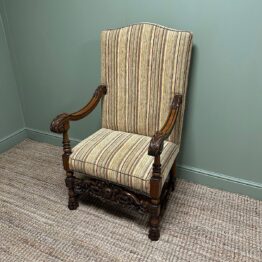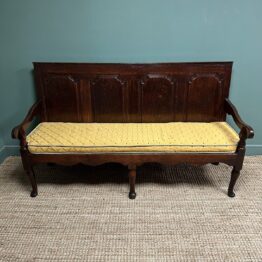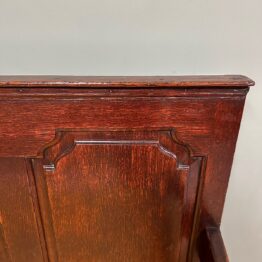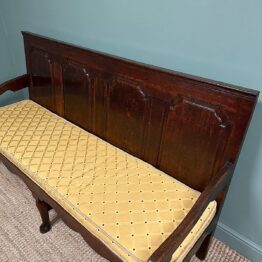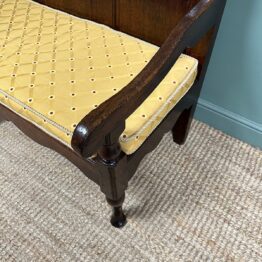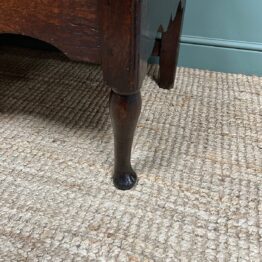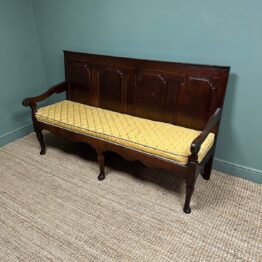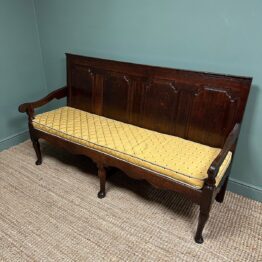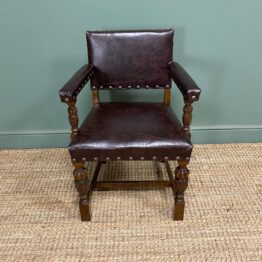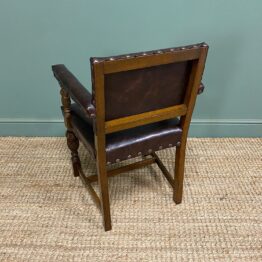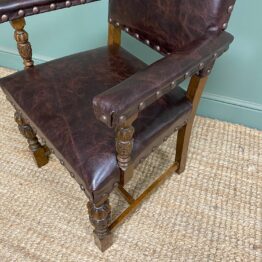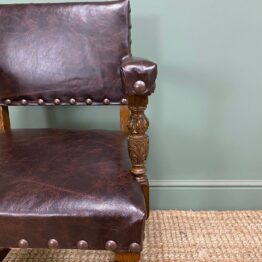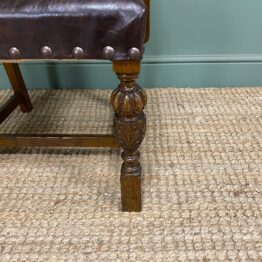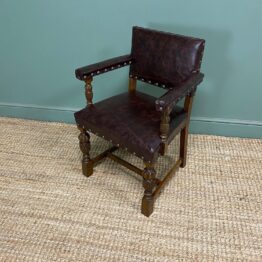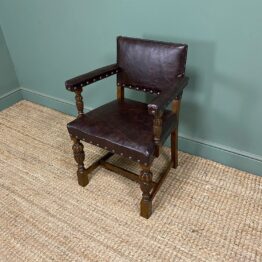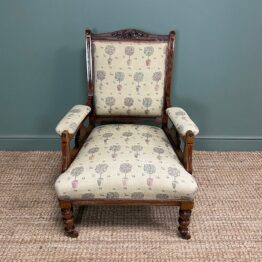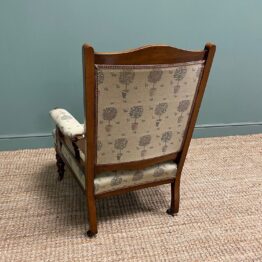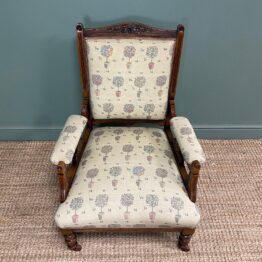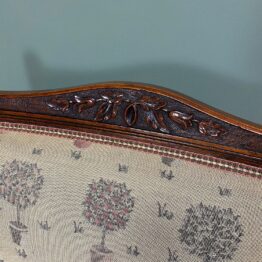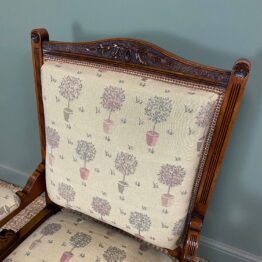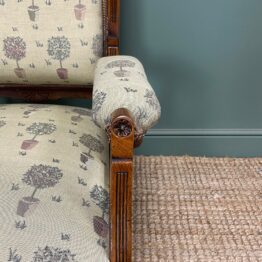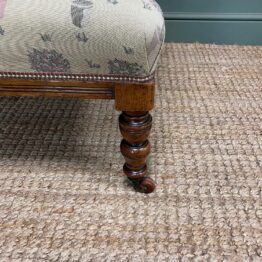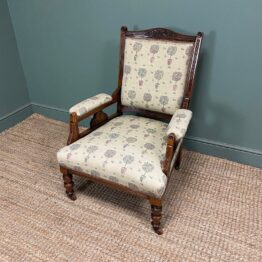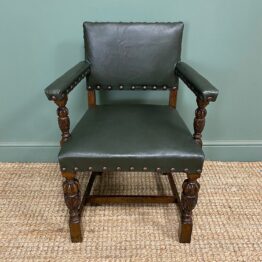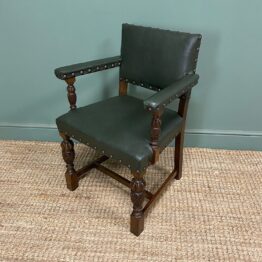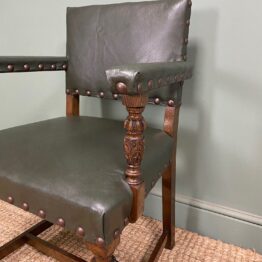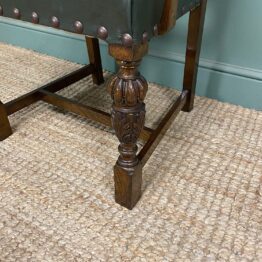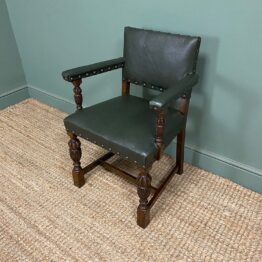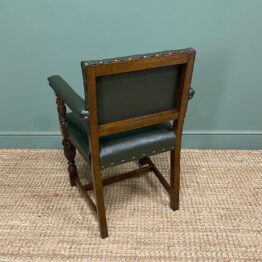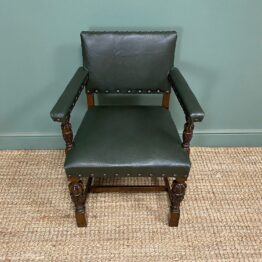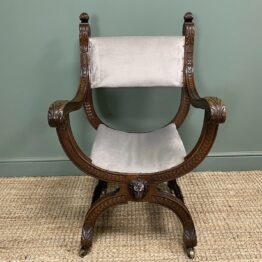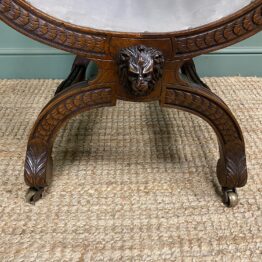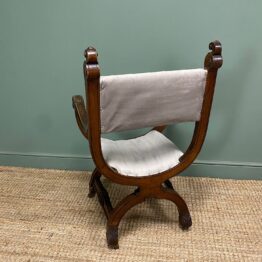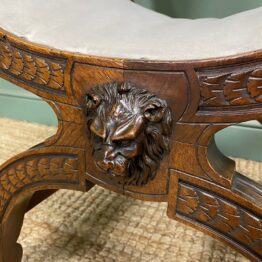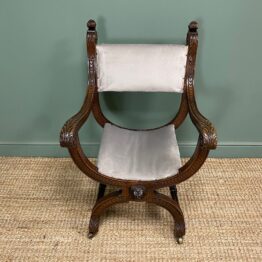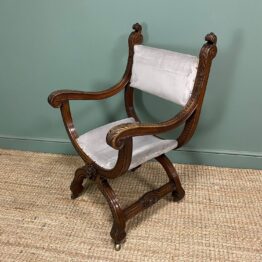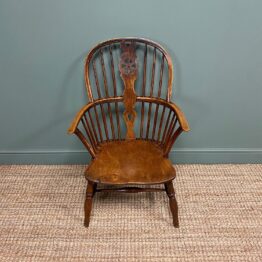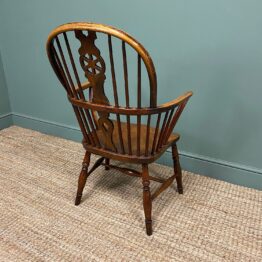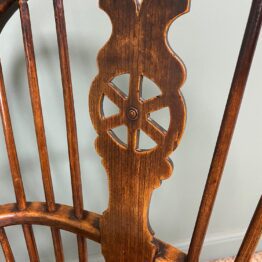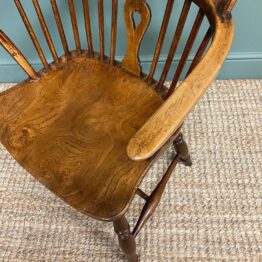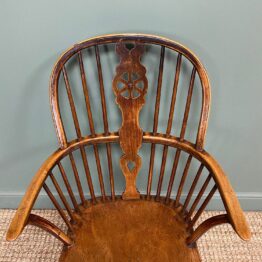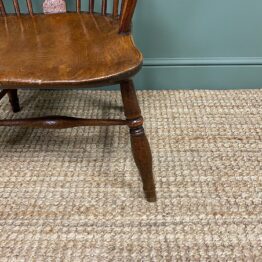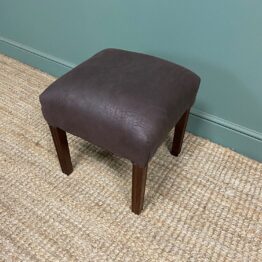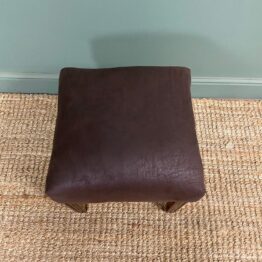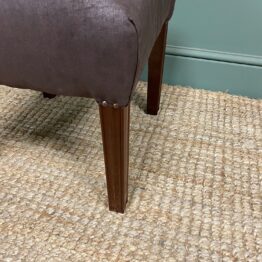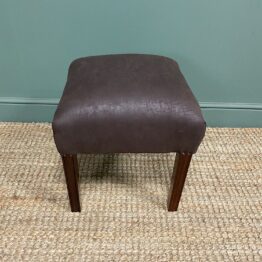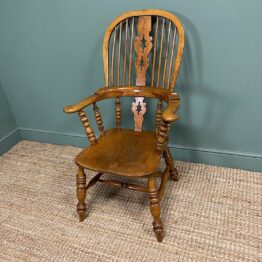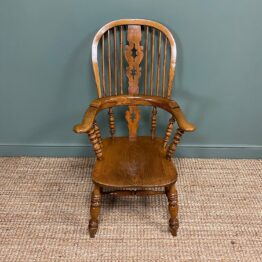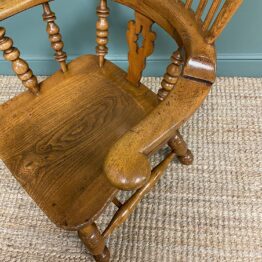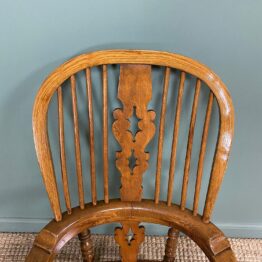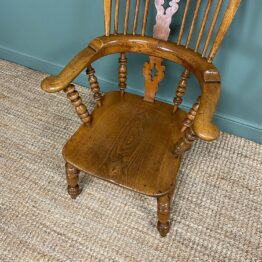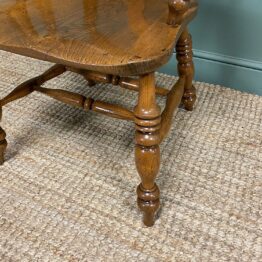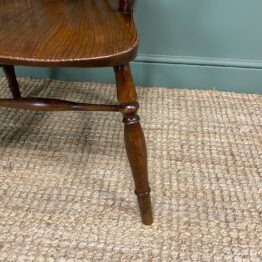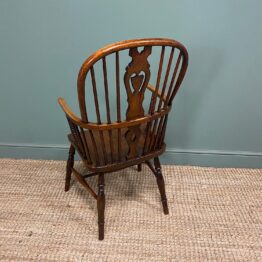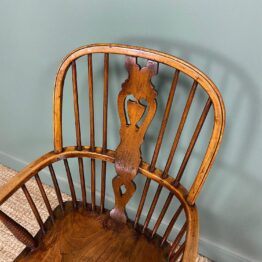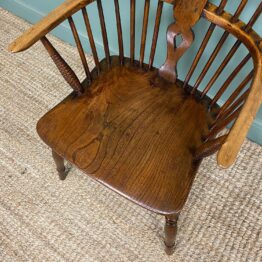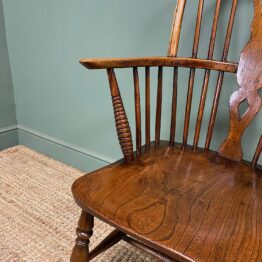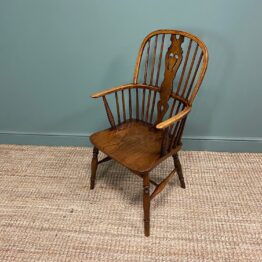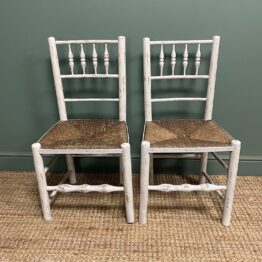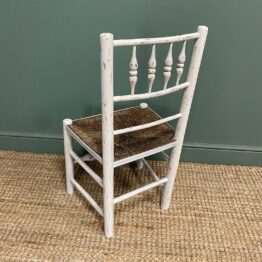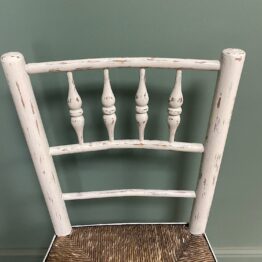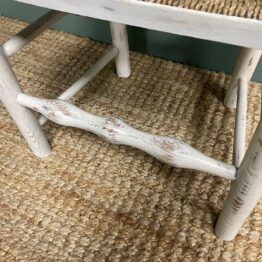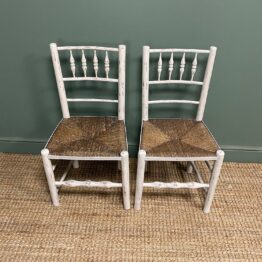The earliest form of seating was simple benches or stools seen in medieval times. Only the very wealthy would have the odd, grand designed large period chair as this was a symbol of rank and position.
The stool was used in rural farm houses; kitchens or public rooms with the three legged stick stool of a simple trestle construction.
In court life, strict rules governed who was entitled to sit on a stool. In the 17th century, there were low upholstered stools known as Tabourets for the ladies who would sit in the presence of the King.
Most early seating was made from locally sourced timbers, such as Oak, Pine and beech but the more elaborate styles were introduced into England from continental Europe. These chairs were in highly figured Walnut, more suitable for carving as it did not crack or split.
By the 18th century, English antique chairs began to develop their own characteristics and style, like the Queen Anne chair with its bold curved lines and a solid vase shaped splat running from the crest to the seat rail. They would have curved cabriole legs, often finished with a pad foot, hoof, paw or a ball and claw foot as carved decoration.
Traditional antique Georgian chairs were made from fine quality wooden timbers like Mahogany and date between1714 to 1830. Mahogany was used as cabinet makers preferred the durability and ease of carving. Thomas Chippendale was at the forefront of design along with George Hepplewhite and Sheraton. They leaned towards the more robust forms of seating and their designs were inspired from ancient Greece, Rome and Egypt.
The smell of food in 18th century dining rooms was considered very bad and so upholstered furniture was mainly in leather and horse hair rather than fabric. This was thought to not store any odours. The antique furniture designer Robert Adam stated that “there should be no wall hangings or curtains in a dining room to prevent smells.”
The Windsor chair was originally found ca.1720 in Georgian taverns and coffee houses. The earliest examples have comb backs, plain turned splayed legs, and no stretchers. Cabriole legs suggest a date between 1740 and 1770. The hooped back was introduced ca 1740 on-wards and the wheel splat around 1790. The most desirable wood was Yew, followed by Elm or Ash and the rarest are in the original japanned black or green paint finish.
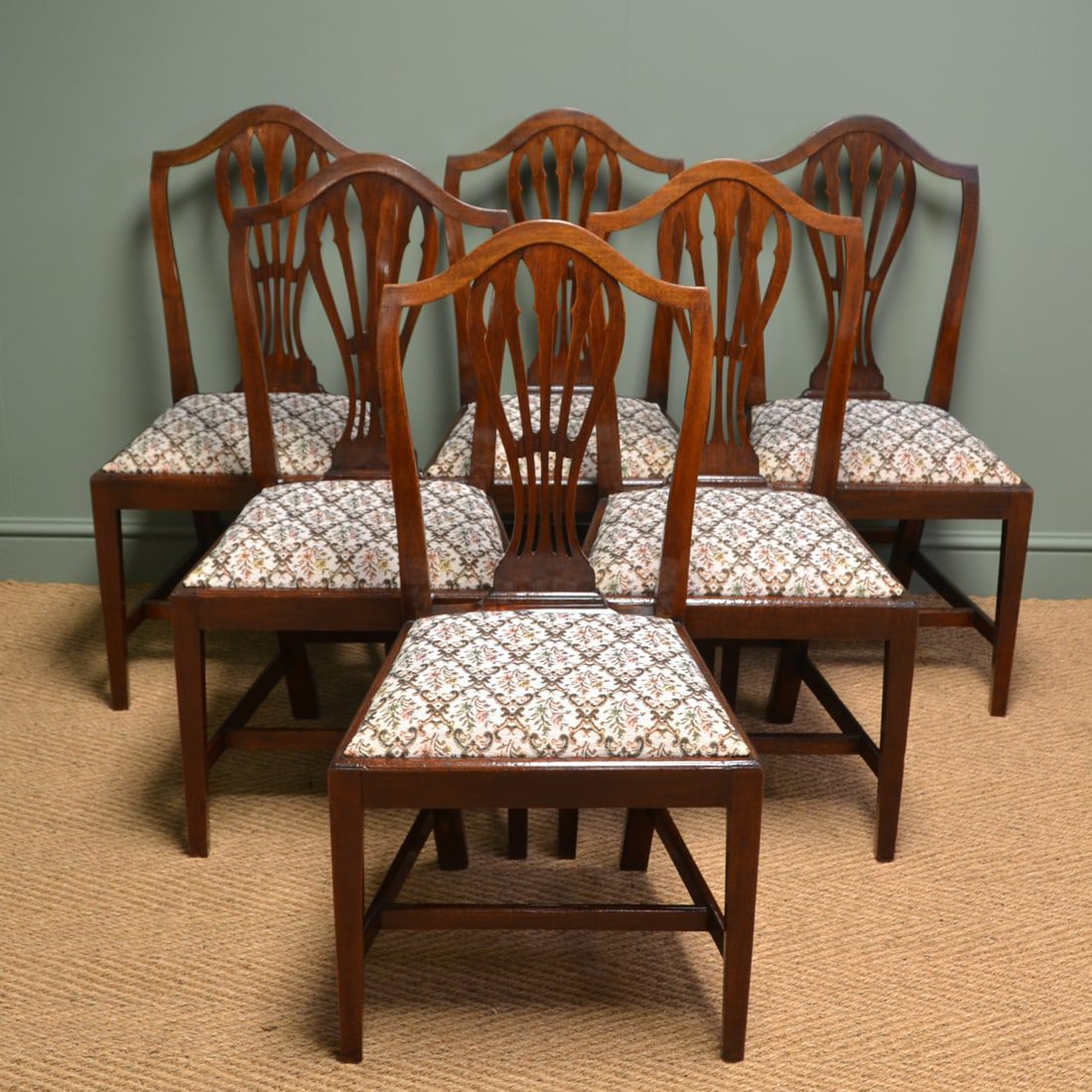
Regency chairs date from 1810 to 1830 and come with beautiful features such as out swept sabre legs, scrolled arms and the Lyre back. A Lyre is a stringed instrument that was used in ancient times; the shape of the instrument was used in Regency furniture, often on games table sides or in antique chair backs. Carving was limited to the top rail and splat, with motifs in Greek architectural decoration. Woods were used with a decorative grain such as Rosewood with brass inlay.
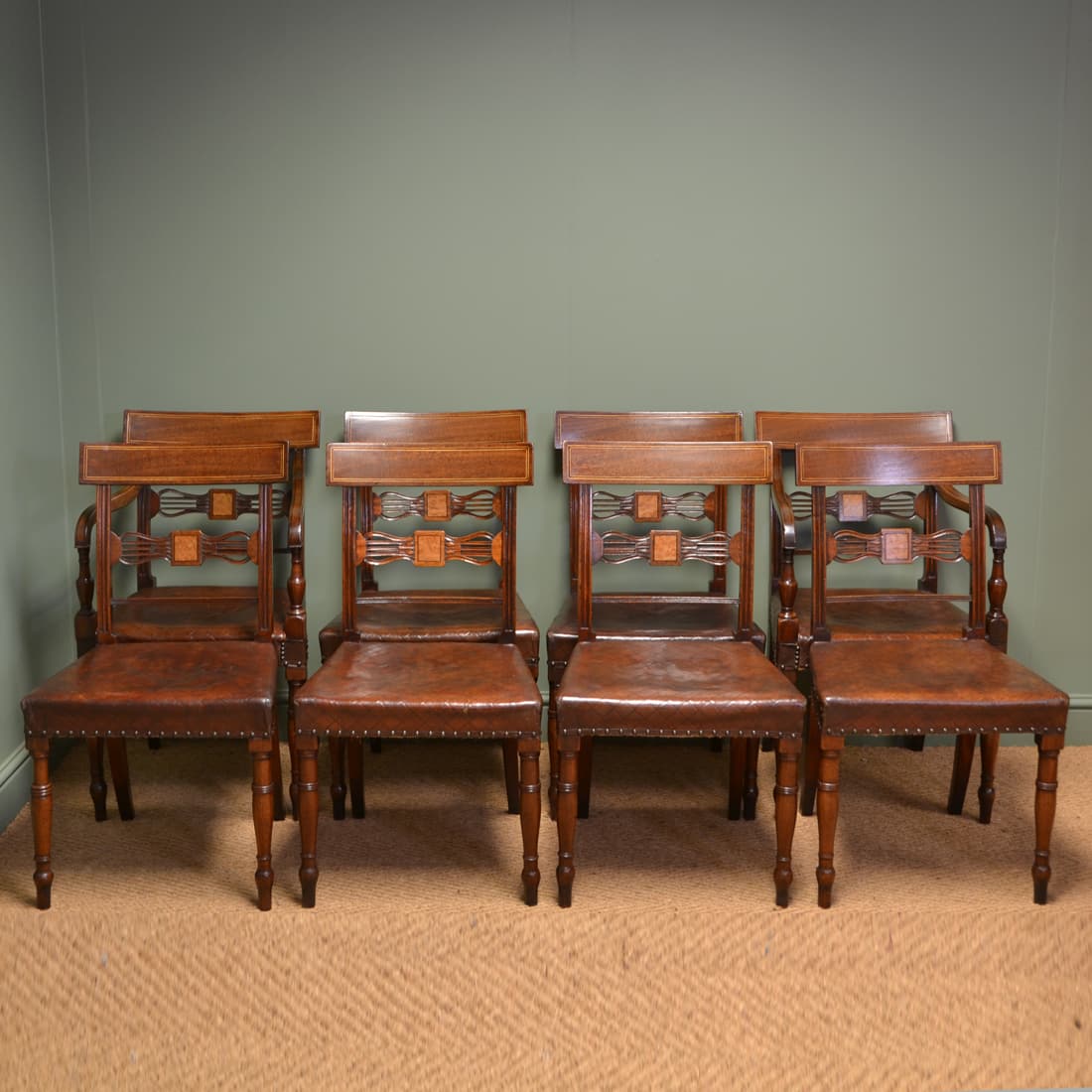
Sets of Antique Dining Chairs first appeared in the mid18th Century, when Robert Adam, George Hepplewhite, Thomas Sheraton and Thomas Chippendale started producing their designs and publishing them into books. Cabinet makers from all over Britain would use these books to create similar antique dining chair designs. The first catalogue was published in 1754 and was called ‘The Gentleman and Cabinet Makers Director’ by Chippendale. This displayed good English chair designs with French Rocco and Gothic influences. These styles were used throughout the 18th and 19th Century and are still used today in reproduction furniture.
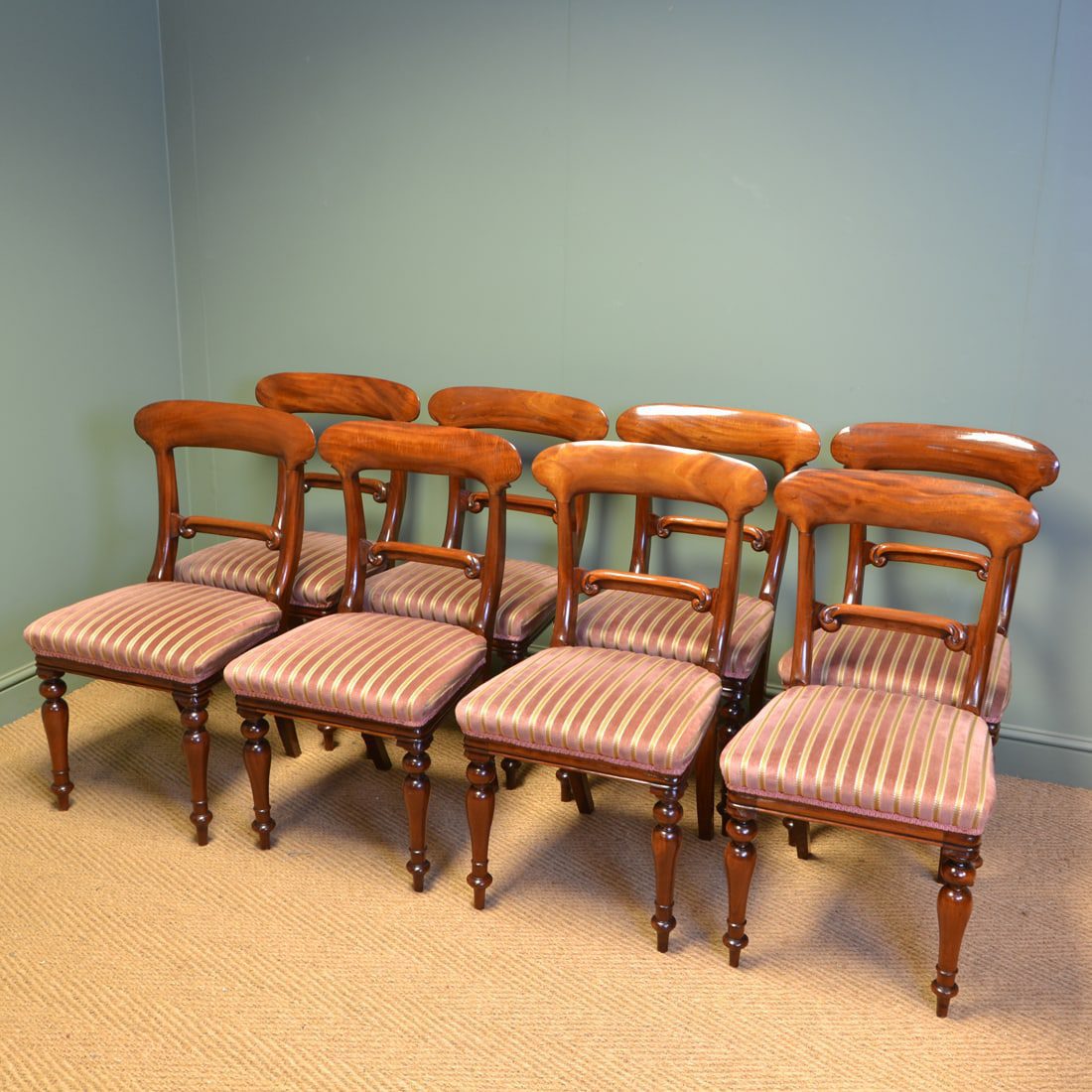
Comfort was the main focus in the Victorian era of 1837 to 1901. Victorians loved upholstered pieces that would be prominently displayed in their living room with buttoned backs and loose cushions. Victorian Chairs were comfortable and had purpose. Upholstered Chesterfield Sofas, Settees and Fireside, carver armchairs were set in front of the fire to keep you warm on those cold winter nights. Small Nursing chairs were placed in the bedroom along with the daybed or chaise lounge. Their unique designs made these chairs incredibly comfortable.
Entertaining and Dining was a big part of the Victorian lifestyle and so antique dining chairs were an essential furnishing for the home in the 19th Century. Ornate designs were made with padded upholstered backs, cabriole legs and high backs. The unusual balloon back chairs were made between 1850 and 1880, Ornately Carved with serpentine front edges adding to the opulent look.
There was a revival of 18th century chair designs like Chippendale or Gothic, but was more delicate looking, with turned legs having castors and stuff over padded seats. They would add interesting details such as shell motifs, decorative foliage carvings and bow shaped fronts.
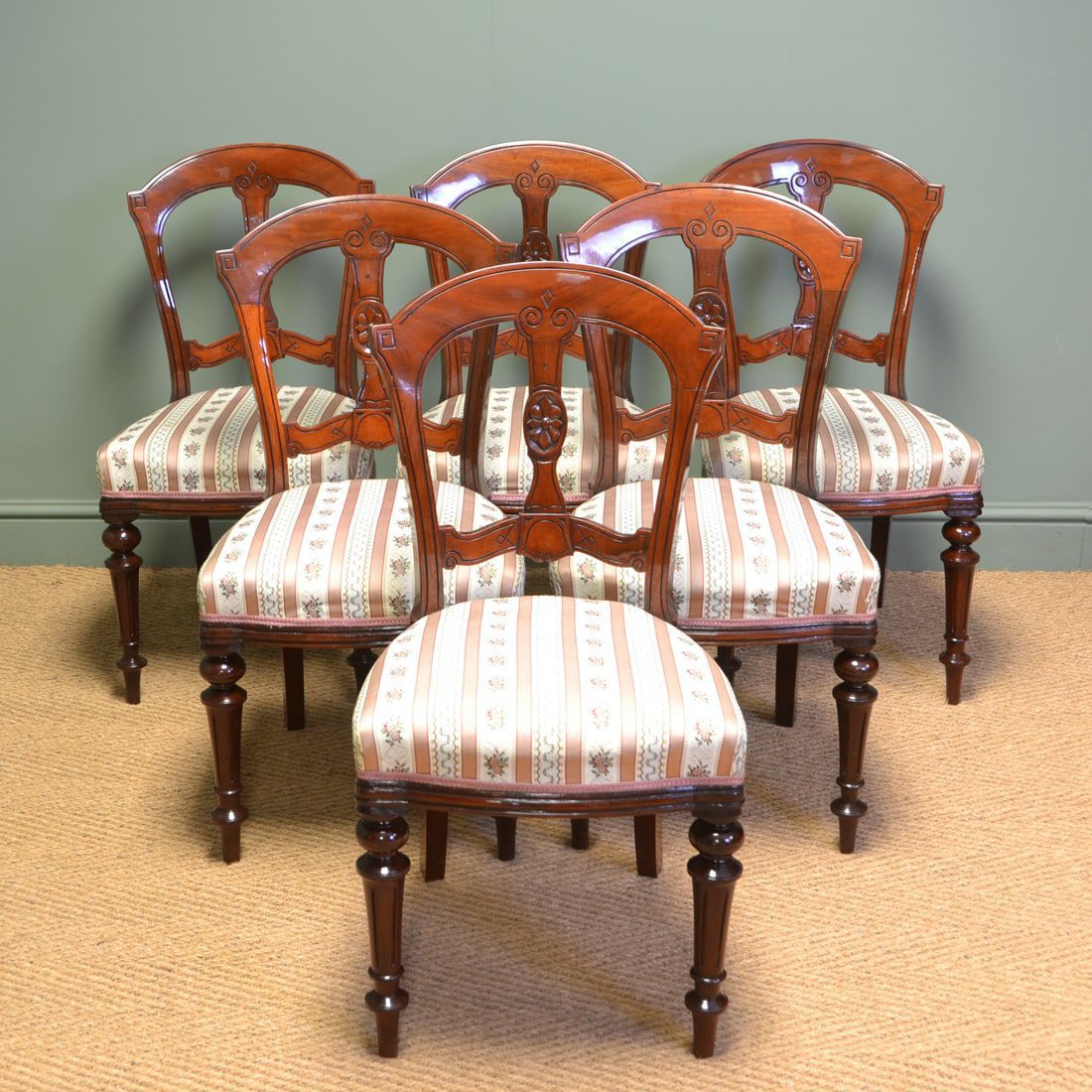
Edwardian Chairs date from the period of 1901 to 1910 when King Edward was on the throne in the United Kingdom. This was the era of the largest production of antique wooden dining room chairs due to high demand.
It was the height of fashion to copy earlier traditional designs such as Chippendale Revival and Sheraton Styling but using their own more comfortable and delicate style. With the help of new machines, these were built in a larger scale and contrary to popular myth, top quality timbers were still used in their construction. Brand new stylish designs were made from French Art Nouveau to Bentwood for use in cafes and hotels.
Traditionalist cabinet makers were unhappy with the new fast pace of machine built furniture so they created their own movement called Arts and Crafts. These antique chairs were built by hand in the traditional manner by skilled chair makers. Oak and Walnut was their choice of wood, usually locally sourced.
Upholstery was still in high demand along with larger dining chair sets to accompany full dining room suites, all matching with decorative carved details and upholstered seats.
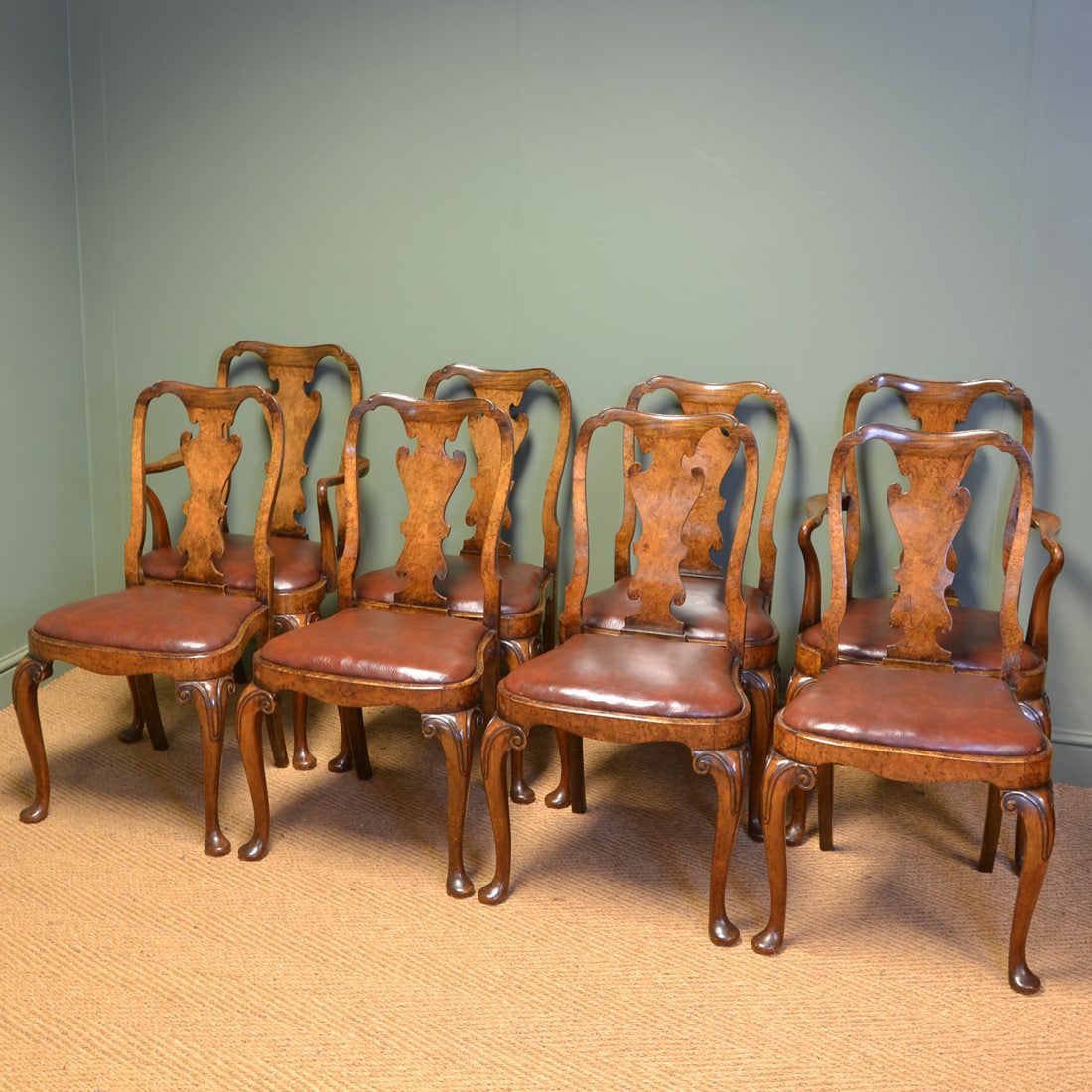
Here at antiques world we offer a beautiful array of antique chairs for sale and update our stock on a daily basis.

